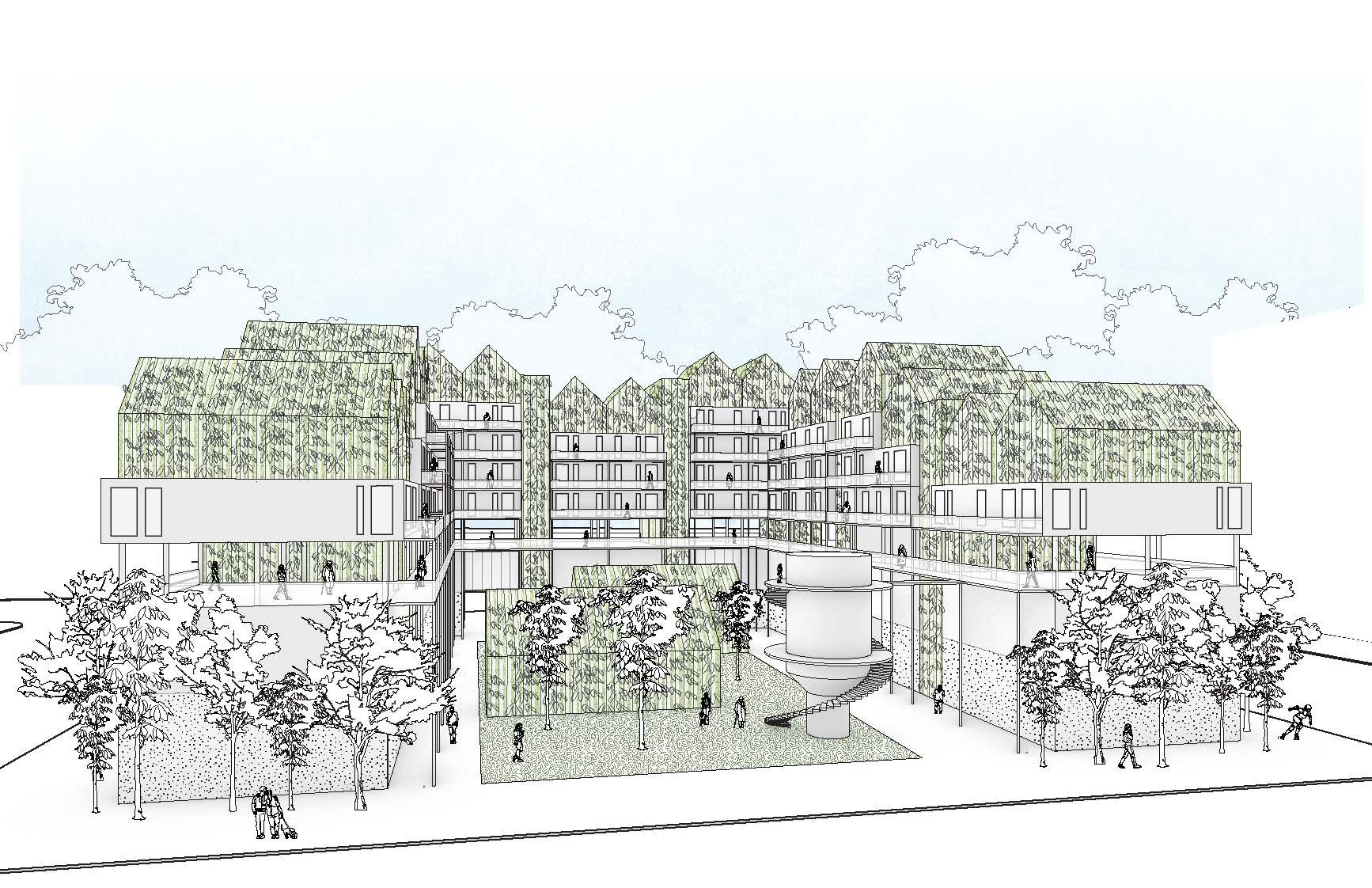Thesis Highlights
The Future of Ports

In New Orleans, the Inner Harbor Navigation Canal was planned and built during the 1920’s as a large industrial and economic infrastructure for the city of New Orleans. It was built as an extension of the main port that is at the Mississippi river but never flourished economically. Today these five miles of waterfront property, near key low-density residential neighborhoods and the city center, are in a state of economic decay, poor ecology, and disarticulated urbanity but hold an advantageous topographical condition colloquially called ‘high grounds’ in New Orleans. The construction of this IHNC along with the canal lock, the Intracoastal Water Way [ICWW] and the Mississippi River Gulf Outlet Canal [MRGO] (recently closed) largely contributed to salinity intrusion from the Gulf of Mexico propelling the collapse of the freshwater forest swamp which protected the city from Eastern storm surges. This ecological deterioration of the Eastern side of New Orleans did not come in exchange of any significant economic activity, so it might be time to think about a long-term plan to revitalize the area.
It seems clear that the container port does not have future in this IHNC, especially when it already moved back in the 1970s to the Mississippi river and is today growing at Galveston, Houston in a context with less geographical friction of the Mississippi river. While containers move towards open seaports, oil and gas will transition towards renewables forcing the transformation of the petrochemical region into something else.
The role of this Design-Research studio is to test a large-scale urban transformation for this city’s waterfront -today a backyard of 5 miles by 1500 feet- that can support alternative economies while setting in motion ecological recovery.
Students get to perform Metropolitan analysis, graphical and written synthesis of problems, hypothesis of transformation and design tests. All projects are different but fit in the same collective vision.
FACULTY
Research Studio faculty: Margarita Jover